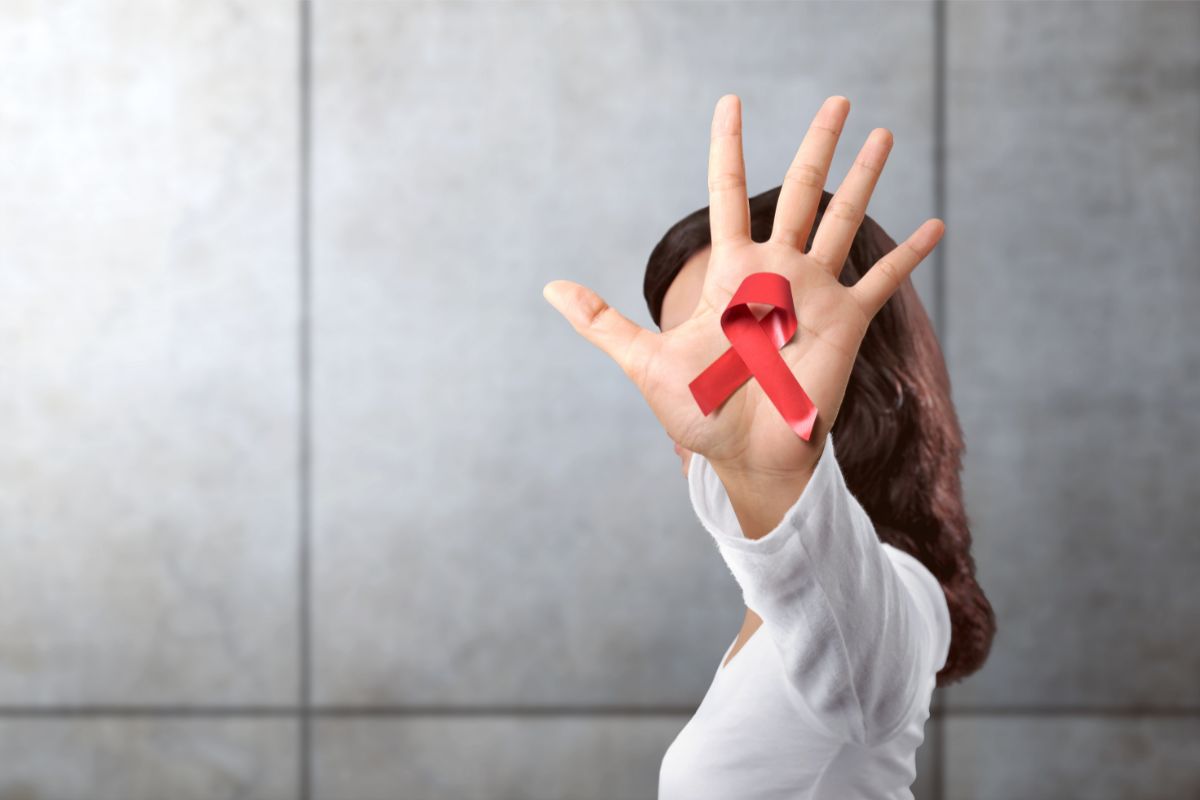HIV is a disease that affects your auto-immune system, and it’s been classed as a major global health issue. HIV has affected the lives of over 40.1 million people, with the number rising. HIV has no cure, but it can be managed with early enough treatment.
The number of people affected by HIV has changed its status from a pandemic to an epidemic. But you may be wondering why it is not classed as a pandemic.

In this article, we’ll help you understand the difference between an epidemic and a pandemic and help you define them.
What Is HIV?
HIV is a virus that weakens the immune system by destroying cells that would otherwise fight disease and infection. If HIV isn’t treated, it can destroy many CD4 cells and can lead to AIDS developing in the body.
Knowing how HIV works, it is vital that patients who fear they have HIV get tested and treated as soon as they can. Unfortunately, there is no cure for HIV, but with early enough drug treatments, they can still get help.
HIV affects millions of people, so you may be confused about whether it is classified as a pandemic or an epidemic. Because of this, we’ll help you understand the differences between a pandemic and an epidemic to understand better how serious HIV is.
What Is A Pandemic?
A pandemic is an outbreak of a disease that spreads across the globe, and because of that, it affects the lives of billions of people. If a disease spreads quickly and is severe, then it’s classed as a pandemic by the World Health Organization.
Several phases establish whether a pandemic is either low or high risk, with the first phase being the lowest and the sixth being the highest. Let me give you a quick overview of what this means.
Phase 1
There has been a virus outbreak among animals, but it has yet to be spread among humans.
Phase 2
A virus among animals has now spread to humans. Infections have been reported.
Phase 3
Now that there’s an infection among humans, the disease spreads in small clusters. It has yet to spread through the community but is still spreading from person to person.
Phase 4
There are reports of a disease spreading through the community, and local authorities have confirmed it.
Phase 5
No longer contained in one community, it has emerged in more than one country. The disease continues to spread across humans.
Phase 6
More than one country is affected by the disease and has a community outbreak in a different region from the previous phase.
Knowing these phases, you can understand how a pandemic grows. As you can see, the pandemic is not localized to one area, but it is spread on a global scale.
What Is An Epidemic?
Now that you understand what a pandemic is and how it grows, it’s time to explain what an epidemic is. Compared to a pandemic, an epidemic is on a smaller scale.
An epidemic will affect many people within a community or region, but it will continue to spread if it’s not stopped. Typically, an epidemic is an out-of-control problem, but it is localized to one area.
That isn’t to say that an epidemic can’t quickly grow into a pandemic if it’s not contained. Looking at the phases in the previous section, you can understand how an epidemic can soon get out of hand.

Is HIV An Epidemic?
Knowing the difference between an epidemic and a pandemic, you will understand the difference in how HIV has been classified. Starting in 1981, HIV has been an epidemic that has remained a consistent issue to the present day.
HIV has been an issue affecting millions of people for 40 years.
Currently, there are around 38 million people who are living with HIV. There have been numerous issues with HIV, which means that many people don’t have access to prevention, treatment, or care.
Over the past 40 years, there has been a global effort to understand and treat the epidemic, and there are now places where patients can get help and treat their HIV.
However, some countries cannot get the same standard of treatment for HIV. This is especially the case in areas with a high poverty rate, as HIV affects not only physically but also their families and communities.
While richer countries may not struggle as much with HIV as they had when the epidemic started, you can see how poorer countries have struggled with it and why it continues to be such an issue even after forty years.
How Does HIV Spread?
HIV is spread through bodily fluids such as semen, blood, and even breast milk. However, HIV cannot spread through sweat, urine, or saliva.
HIV cannot live for long outside of the body, and one of the most common ways of getting infected is by having unprotected sex without a condom.
However, this isn’t the only way that HIV can spread. For example, you could get HIV if exposed to someone else’s needles or syringes. Babies can also get it from their mothers as the disease can be transmitted during pregnancy, birth, or breastfeeding.
However, this is rarer in rich countries. In the case of poorer areas, HIV continues to be a risk for both parent and child.
There were many misconceptions about how HIV was spread in the past. However, people have better understood the disease over the years.
Final Thoughts
Now that you’ve finished this article, you should better understand the HIV epidemic and how it affects everyone globally. While it is not a pandemic, it is better to know how an epidemic can turn into one if it is not treated or if it’s ignored.
If you fear that you or a loved one has HIV, suggest they get tested as soon as possible so they can commence treatment as early as possible to prevent the disease from worsening.
- What Are The Main Symptoms Of HIV? - August 12, 2022
- How Much Does Pre-Exposure Prophylaxis Cost? - August 12, 2022
- HIV: Treatment Options And Managing Symptoms - August 12, 2022







![Prenatal HIV Transmission What Is Perinatal Hiv And When Does It Occur? [Explained]](https://alphanutrition.com/wp-content/uploads/2022/08/What-Is-Perinatal-Hiv-And-When-Does-It-Occur-Explained-150x150.jpg)
